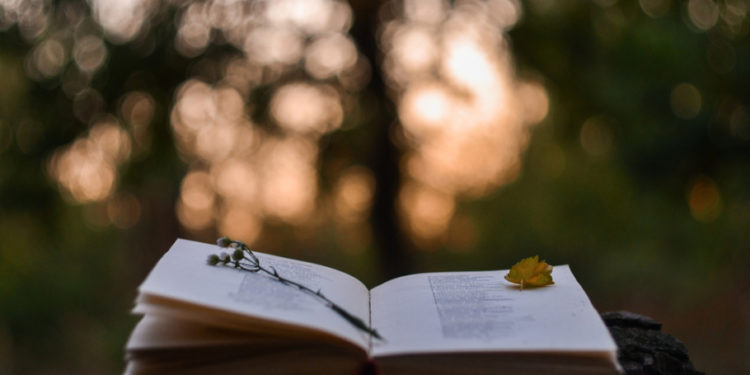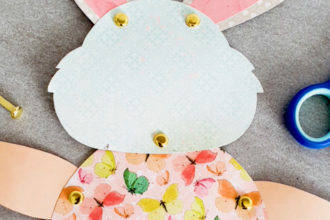How to write poetry.

There is something special about poetry – the magic of weaving words together into a lyrical form. And one doesn’t even need to have officially been taught poetry to write it. Many of us learnt the basics in English class, of course. We will demonstrate how relatively easy it is.
We’re doing it in celebration of April being Poetry Month! This art form has been around for many, many thousands of years, and has used many different techniques, and culturally, there are different ways of creating something poetic.
Write poetry.
But we’ll take you through some of what is commonly accepted in poetry today (keeping in mind that many world poets borrow from different traditions).
Firstly, while some maintain you don’t need to rhyme, we believe it is an essential part of poetry. Just as songs are a form of poetry, they wouldn’t sound the same without rhyme. The trick is not to make the rhyme too forced.
Help is online.
There are online word dictionaries especially designed to find rhyming words for you. But another trick is to use half-rhymes, which don’t necessarily feel as forced. You can even use a style of weaving in half-rhymes mid-way through a line – we like this because it adds bounce. And there’s also nothing wrong with repetition, if repetition helps with rhythm.
See the below poem by one of our contributors – it deals with the theme of Fate. It references an ancient Greek belief in “the Fates”, who you can learn more about here.

Loom
Tapestry woven by three with edge honed
One maiden
One midwife
And the last, a moanful old crone
They intertwine the yarn of your life
Shaping together the events that make you
A fête of Fates
Who weave the story
Every thimble
Every thread
Creating a picture
Of something splendid
Or something dread.
There are a lot of tricks in poetry. We’ll spare you all the technical terms. But there are some words that can be used to create a sense of harmony or disharmony, in the writing. So the compound word, ‘cellar door’, regardless of its literal meaning, is viewed by many as sounding very pleasant on the ears. On the other hand, certain words have a repulsive quality. Think of ‘slug’, ‘slime’, ‘sleazy’… it’s the ‘sl’ sound that gives it the repulsiveness. Despite it being close to ‘cellar’. But the use of a short vowel is what differentiates these sounds.
Alliteration and assonance in writing poetry.
Then, there’s alliteration and assonance. We literally just did assonance with the last three words of the previous sentence. It’s when vowels start off consecutive words. And alliteration? That’s the same, but with consonants. An example: “A Brief Look at Bruce Lee” (technically, assonance and alliteration). What we have here is A/B/L/A/B/L. This creates a kind of rhythm. Rhythm is important because it enables your poetry to flow better and draws the reader along. We personally consider words ending with the same consonant as the next word or two as alliterative.
Another way to do rhythm is a beat. The easiest way to create a beat in your poetry is to have hard consonants followed by soft consonants and vice versa.
Here we have a little poem about PNA!

The Artist in Me
The artist in me sways and shakes
In anticipation
At visiting my nearest PNA
Painting a picture my motivation
For how I’ll spend the light of day.
Sparkling acrylics dripping on brush
As it swishes across canvas
Creating a lush seamless scene
Magicking amok a pure bliss
As if from frivolous dream.
What about your own poetry?
If you write something you think will be inspiring to people, why not add it in the comments section of this blog’s Facebook post? Maybe you’ll impress the community!
And don’t forget though, there’s more you can do: our watercolour pads are wonderful for sketching too, and when you use a lovely calligraphy pen to scribe a short piece on it, those sketches will bring your poem a bit more to life!
Write a storm!
We have wonderful calligraphy pens in-store, and they’ll add the magic to your words as you write them down.

(You can use all manner of sketching tools to help enhance your poem.)
As they’re watercolour pads, you can even use some watercolour paint to gently dab your sketches with a breath of beauty.

So what are you waiting for?
Visit us before we close
Get the tools to write right
Then you can get set, go
Losing yourself in the moment
To the magic of poetic flow.


